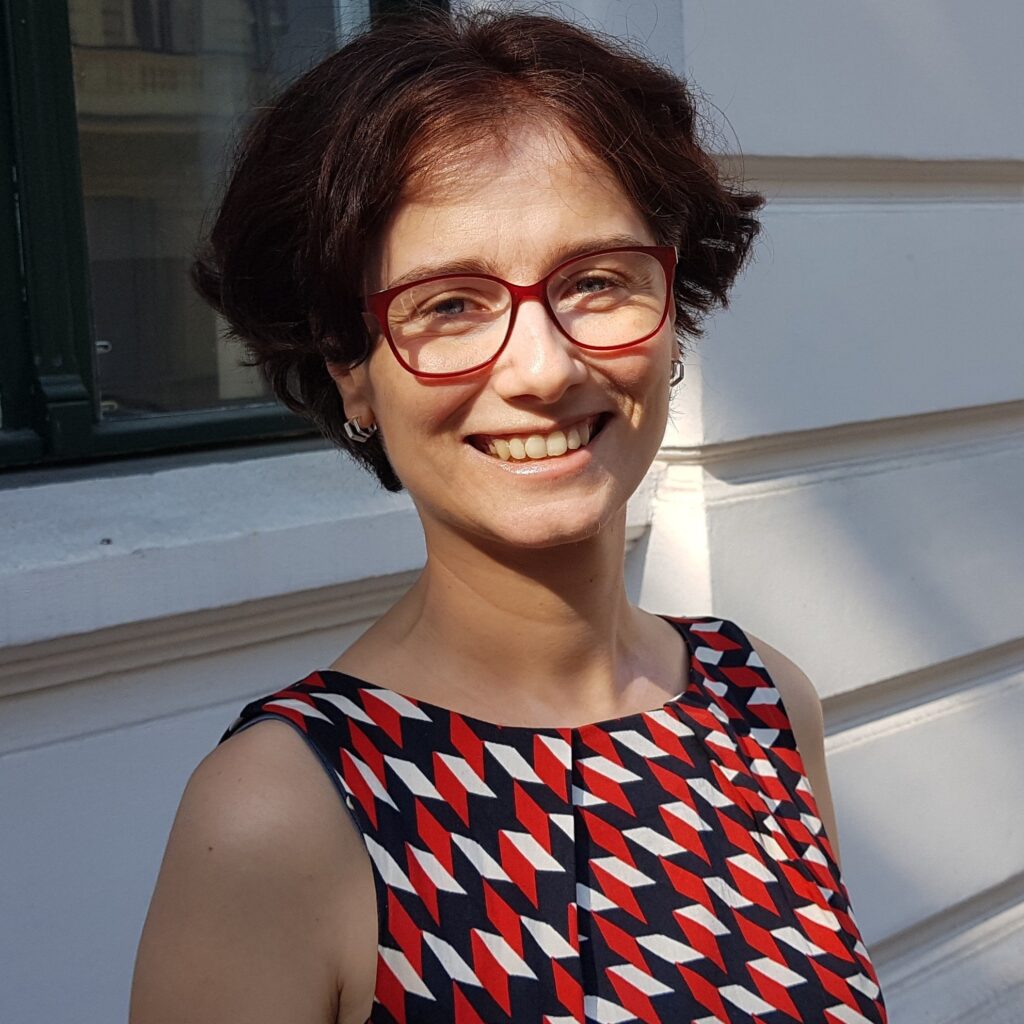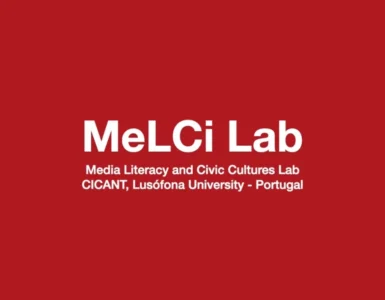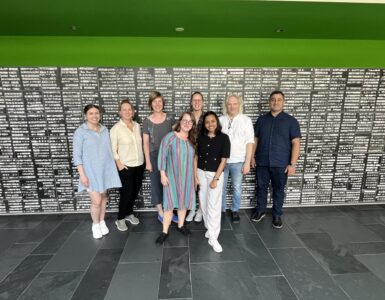by Alexandra Mihai, Maastricht University, The Netherlands.
What is a CTL?
Centres for Teaching and Learning (CTLs) are educational development and support structures within universities that focus on working together with faculty to ensure the high quality of the educational offer. This is a rather simplified definition for an entity that is both internally complex- from the different roles to the diversity of staff backgrounds- and operates in an increasingly complex environment. The CTLs’ position, scope of action, resources and staffing are influenced by university policies- and often by university politics. Moreover, the impact of their work, most often measured by faculty engagement with their offer, is also deeply connected to the learning climate of each institution.
While the organization of CTLs is very context-specific, there are several important aspects that define their role and presence in Higher Education institutions:
- How are CTLs positioned?
CTLs occupy a space that transgresses the border between the academic sphere and university administration, a space that can be claimed by both, which can often lead to tensions but also, when used well, can facilitate synergies between the two often fully separated environments. One the one hand, CTLs provide professional development opportunities for faculty, striving to create a safe space to share teaching practice and often also undertaking research into the Scholarship of Teaching and Learning (SoTL). On the other hand, CTLs also play the role of service units, part of the university administration, enforcing educational policies.
The tendency towards centralised or decentralised models also plays an important part. CTLs situated at the central level are in the position to provide a space where faculty from various disciplines share their experiences, which can be very enriching. CTLs that are operating at Faculty level can offer pedagogical support that is more targeted to their audience, and thus can, arguably, have a bigger impact on the teaching practice. The two can coexist, with the right level of coordination aimed at leveraging their complementary affordances.
- What are their main roles and how are they evolving?
While CTLs fulfil a diversity of roles that have been indeed multiplying during the Covid-19 pandemic there is one thing that sits at the core of their identity and that is a bridging, connecting role. Their position in relation to various actors on campus- from educational technology units to student services- provides them with many opportunities to build social capital and to enable and support educational innovation. In many cases, the impact of CTLs goes beyond their (often limited) capabilities, as they create a valuable space for people to come together and reflect on teaching.
Their most recognisable role is to partner with faculty and provide them with inspiration, expertise and support in their teaching. But a broader role is emerging at institutional level- helping create a culture where people value talking about teaching and more generally, fostering a culture of continuous learning. In this respect, CTLs act as agents of change, aiming to influence the organizational (learning) environment.
Looking into the future
Looking at the current Higher Education (HE) landscape, CTLs are in a rather strong position to become established actors, and yet they are also facing some challenges that will require ongoing attention:
- Future-proofing:
Historically, CTLs have been highly vulnerable by changes in university leadership, be it positively (i.e. CTL creation or growth) or negatively (i.e. closing down CTLs or defunding). Even if their position has been strengthened in the past years, this risk is ever-present, so CTLs have a very important mission- to make sure they grow into indispensable partners to faculty and other actors on campus and become a valuable centre of expertise for educational development and innovation.
- An institutionalised “third space”
Carving out a place at the crossroads between academic and non-academic spaces can be beneficial and ideally lead to an increased profile for teaching in the HE landscape. However, achieving the right balance is crucial for the functioning of CTLs, and is often not an easy endeavour. Remaining grounded in faculty needs and playing the role of a “thought partner” for faculty while gaining more visibility and influence within the administration is a challenge many CTLs are facing these days, especially given the important role they played in maintaining academic continuity throughout the pandemic.
- The value of networks
CTLs are part of an ecosystem, internally and externally, and they have the potential to play a very important role, that of a network node. Internally, this can mean connecting various silos within the university, a much needed task, while externally it implies establishing collaboration flows with other CTLs that can in turn lead to broader inter-university collaboration. Making use of the full potential of this role can make a big difference for the success of a CTL.
Editor’s note: We are delighted to have Alexandra as one of our keynote speakers for Media & Learning 2023: Where pedagogy meets media which will take place 20-21 June in Leuven, Belgium.

Author
Alexandra Mihai, Maastricht University, The Netherlands














